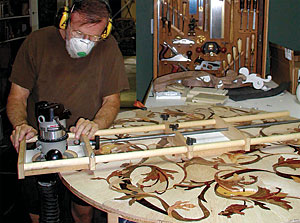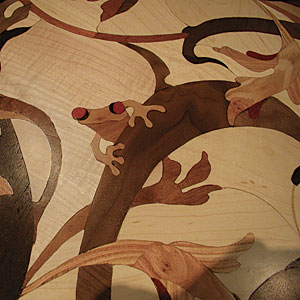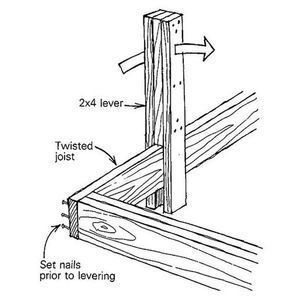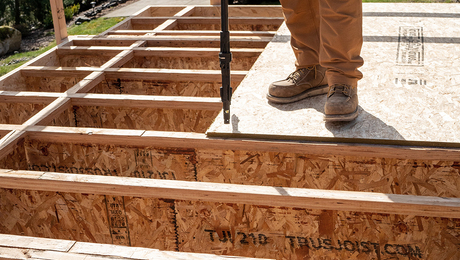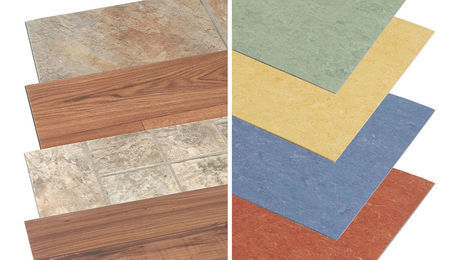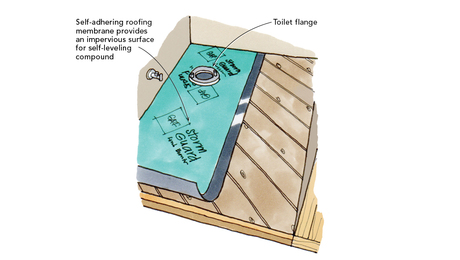Hardwood has been used for flooring for hundreds of years, and for almost as long, talented artisans have been enhancing those floors with decorative inlays. An expert in the wood-flooring business for over 30 years, Charles Peterson has crafted hosts of ornate wood floors, many of which—such as those showcased here—feature medallions. Peterson selects the perfect array of wood species to achieve the desired combination of color, grain, and texture, then cuts and installs each piece. The medallions pictured here illustrate two styles of inlay: marquetry and parquetry.
Marquetry mimics life. Brazilian cherry, walnut, African mahogany, wenge, beech, and maple were used to create this 12-ft.-dia. medallion. Its organic shapes, cut with a scrollsaw, identify it as an example of marquetry.
Parquetry is geometric. With the exception of the scrollwork used to create the letters of the four cardinal points, this compass rose medallion uses geometric and angular patterns that can be made with a tablesaw. Such shapes are typical of parquetry. The background of this 32-in. dia. medallion is red oak, the large and medium compass points are walnut and African cherry, the small points are wenge and sapelle, and the circular bands and letters are wenge. The use of only quartersawn material makes the design stable and durable.
Design and construction: Charles Peterson, Distinctive Wood Floors, Gales Ferry, Conn.; cpwoodfloors.com
Photographs: courtesy of Charles Peterson
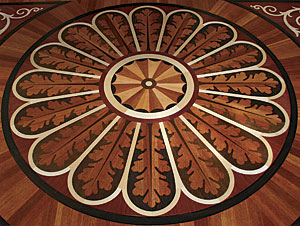
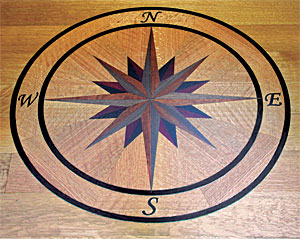
Barbara and Don McKee worked together to craft the medallion that graces the hallway of their Victorian home. A stained-glass designer and certified botanical illustrator, Barbara created the whirling, Art Nouveau–inspired design depicting a pond of flapping waterweeds with eight tiny creatures hiding among the stems. Don planed all the wood to a thickness of 1/4 in. before he and Barbara spent three or four weeks “riding the scrollsaw” to cut the over 400 pieces required for the medallion. They used maple for the background and walnut, African walnut, mahogany, lacewood, pear, ebony, redheart, ash, honey locust, and padouk for the design. A 1/2-in.-thick piece of plywood forms the base to bring the 4-ft.-dia. medallion flush with the floor.
It’s all in the details. Don built a jig to allow him to make adjustments by thousandths of an inch to the medallion and to make sure the circle stayed perfectly round. He used the same jig to cut the hole in the wood floor to the exact size for receiving the medallion.
Design and construction: Barbara and Don McKee, Louisville, Colo.
Photographs: courtesy of Barbara and Don McKee

